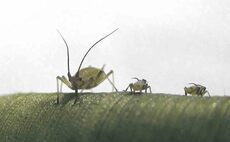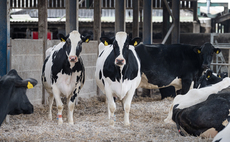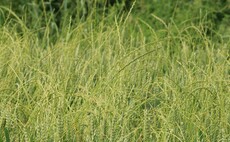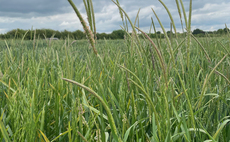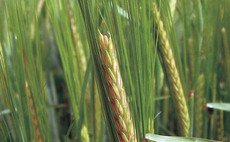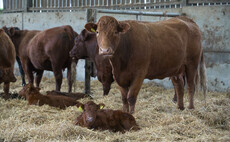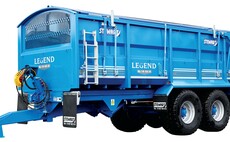Technical
Arable
By stimulating plant defence mechanisms, farmers no longer need to wait until T0 to protect their crops from disease, according to specialists
Arable
Barley yellow dwarf virus is a complex disease but advances in monitoring, diagnostics and plant breeding are helping to inform its management
Dairy
The disease mainly affects cows in the very early postpartum period, with older and high-yielding cows at greater risk
Arable
Delegates considered whether the emergence of resistance in Italian ryegrass on a farm in Kent would harm the herbicide's future approval chances
Arable
Farmers Guardian takes a closer look into the new Broadway Ultra herbicide which will debut on farms this spring
Machinery
The FG Machinery team takes a look at the stand-out crop protection and tech products on display at LAMMA 2025
Arable
Dr Will Smith, Gowan UK and Ireland technical lead, shares his advice for maximising the grass-weed reset opportunity in spring barley
Livestock
Providing in-calf cows and heifers with microminerals pre-calving is important for both cow and calf health
Lamma Show
Machinery highlights from day one of LAMMA Show 2025 at the NEC in Birmingham
Machinery
Scottish Trailer manufacturer Stewart Trailers is set to showcase its new Legend range of trailers at LAMMA

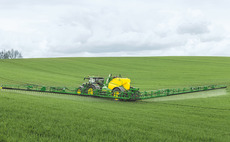
 05 February 2025
•
3 min read
05 February 2025
•
3 min read
